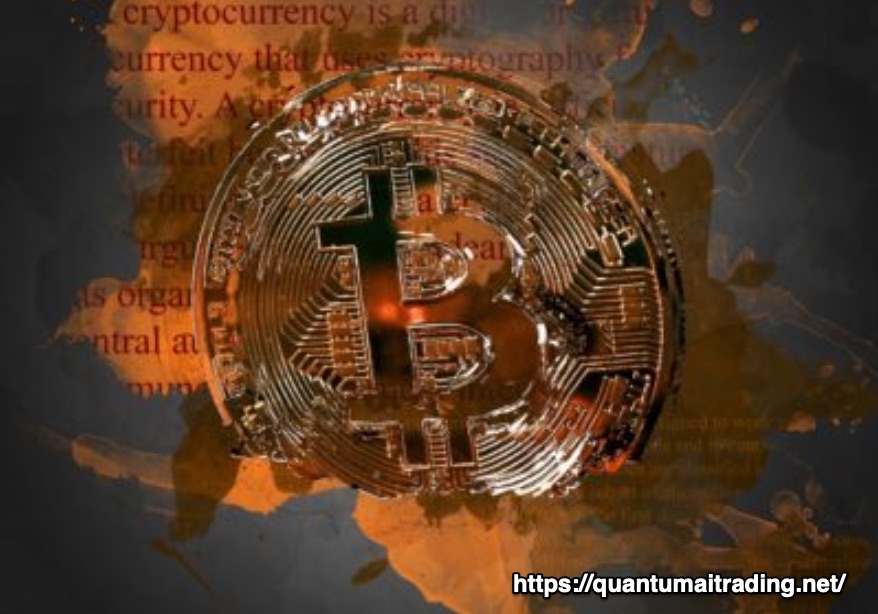
Hamburger Economics
August 3, 2014
Seeding change: seeds or change?
August 5, 2014Reading about the early stages of a refrigeration boom in China, I thought about Clarence Birdseye.
In 1915, after fishing in Labrador’s sub-zero temperatures, Clarence Birdseye was astounded that his frozen fish was tasty when it thawed weeks later. In 1926, he introduced his “quick freeze machine” and the rest is frozen food history.
Where are we going? To get from the factory to the dinner table, frozen food requires a cold chain.
Think for a moment of a Birds Eye box of frozen vegetables…maybe Tiny Tender Sweet Peas. Frozen in the factory, a box of peas needs refrigeration to get to the food store, icy temperatures in the supermarket and then a freezer in someone’s home. By 1944 Birdseye had leased refrigerated box cars as a part of its cold chain and was developing grocery store freezer display cases. However, it was not until after WW II that the cold chain got its final link with the take-off of mechanical refrigerator sales. Now more than 99% of US households has a refrigerator.
In China, the cold chain seems to be starting in the home. During the past 25 years, the proportion of urban Chinese households with a refrigerator has increased from 10% to 90%. On the distribution side though, China’s inadequate cold chain has resulted in considerable spoilage. Less than 25% of China’s meat supply has a cold chain and for fruits and vegetables, the total is close to 5%. As you might predict, China is trying to encourage refrigerated warehouse building with subsidies, tax breaks and even a picture with Premier Li Kequiang.
The place I would like all of this to take us is how refrigerators will transform what China’s population will buy, what they eat, and their impact on the environment. No longer shopping for food each day, they will have more productive time. Refrigerators can improve health by minimizing food-borne disease and maximizing variety. On the down side though, being able to store food at home means you buy more and waste more. Also, so monumental an expansion of Chinese refrigeration will generate a huge increase in energy consumption and greenhouse gases.
Our bottom line: In the United States during the 20th century and currently in China, the spread of refrigeration through an expanding cold chain has considerable spillover that we would call externalities. Positive and negative, externalities are the impact of a transaction between two parties upon a third uninvolved individual or group.
![econlifelogotrademarkedwebsitelogo[1]](/wp-content/uploads/2024/05/econlifelogotrademarkedwebsitelogo1.png#100878)




